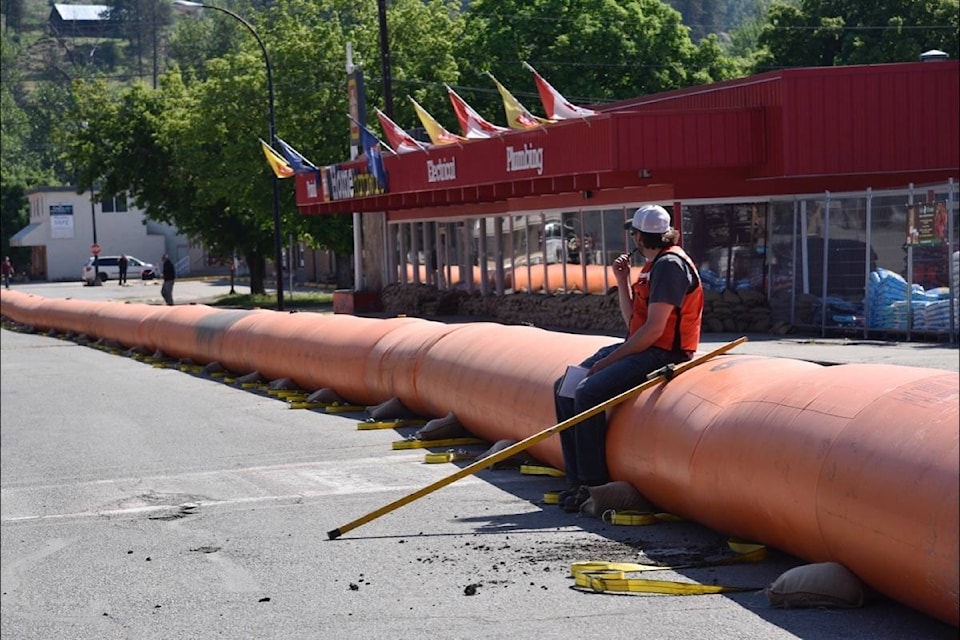Take photos of everything to ensure you have a proper record: that’s a key piece of advice from the Boundary Country Regional Chamber of Commerce (BCRCC) and the Downtown Business Association, for their members as they start to think about the next phase of their business post-flooding.
According to chamber president Cathy Korolek, the impacts on businesses of all kinds have been devastating.
“It’s a matter of survival,” she said.
However, chamber executive director Kendra Begg said she is working towards the next phase of response and mobilizing resources to help businesses bounce back.
Begg said that the chamber is actively engaging with the city and Community Futures, as well as working upwards to the B.C. Chamber of Commerce. She said they are making it clear that businesses in the Boundary will need a hand through this disaster. She hopes that resources like microloans will become available to help businesses completely necessary work.
In the downtown business community, Lynn Relph, who handles communications for the DBA in addition to owning Lynden Tree Yarns, said that for many businesses, this is the disaster of a lifetime.
Relph said that for many of the businesses, active response to flooding was still ongoing, and it was too soon to say what the impact might be in the long term.
Both groups are asking everyone that does not have business in the downtown to stay out of the area. Traffic problems and concern about the amount of dust being kicked up are problems for people attempting to secure their business.
The chamber and the DBA both offered some tips to business owners of all kinds for beginning the process of recovering from this flooding:
The first steps as the community is still in active response should be to secure your business, and do what protection you can through sandbags and sealing doors; remove assets where possible to a secondary location; take photos of everything; and itemize and categorize those items.
After the flooding stops, business owners should also do the following, the chamber advises:
- Take pictures and a detailed inventory of everything, but especially items that were damaged and had to be thrown out
- Anything porous that touched any flood water should be thrown out. In select cases, correct cleaning will work, but in most cases, especially with wood furniture, the damage is too extensive and the water may be contaminated.
- Keep all records and bills of any flood-related work you had to undertake.
- If you do not own your building, talk to your landlord and review your lease. If necessary, contact the BC Residential Tenancy Branch for advice.
The chamber is also looking to provide a list of BC Chamber of Commerce-accredited restoration and clean-up businesses in the coming weeks, and advises people to be wary of fraudulent clean-up services.
“If it seems too good to be true, it is,” she said. Flooding repairs are costly, and anyone claiming to do it for cheap is suspect, she added.
The BCRCC will have more information on their Facebook page in the coming days, as will the DBA.
